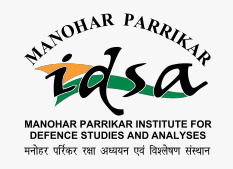Artificial Intelligence (AI) and Human-Machine Teaming
- April-June 2023 |
- Journal of Defence Studies
The battlefields of the future will be dynamic, chaotic, unpredictable, and uncertain. In such interlinked battlefields in multiple theatres and domains, commanders and staff would be sifting through multitude of data for information, decision, and feedback. In such a time-constrained operational environment obscured by Clausewitzian fog of war, effective and unbiased decision-making by leaders and cohesive, cogent actions by teams of humans and machines/systems will be enablers for succinct victory. The pace and complexity of decision-making is expected to reach a level beyond human cognition. Capabilities offered by latest and emerging technology will aid the decision-makers and troops in various domains even as there will be parallel battles to contest those domains by state and non-state actors. The famous OODA loop will have technology-assisted inputs at each stage of Observe, Orient, Decide and Act. Faster processing capabilities of Big Data and inferential analytics and seamless integration of inputs by algorithm-driven machines would simplify the complexities associated with the five Vs of Big Data, i.e., Volume, Velocity, Veracity, Value and Variety.
| Attachment |
|---|
 Download Complete [PDF] Download Complete [PDF] |




